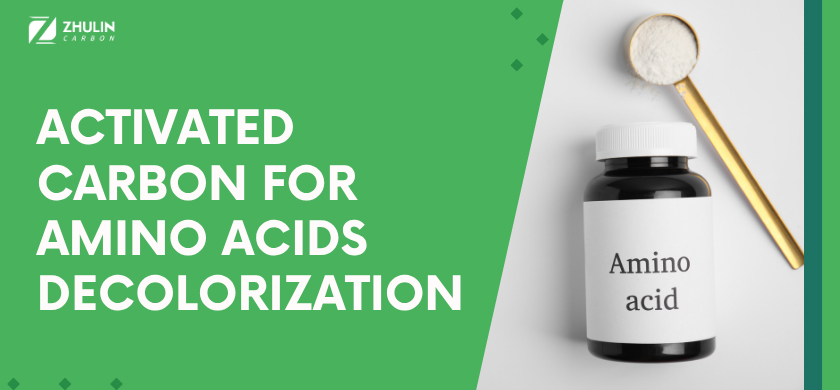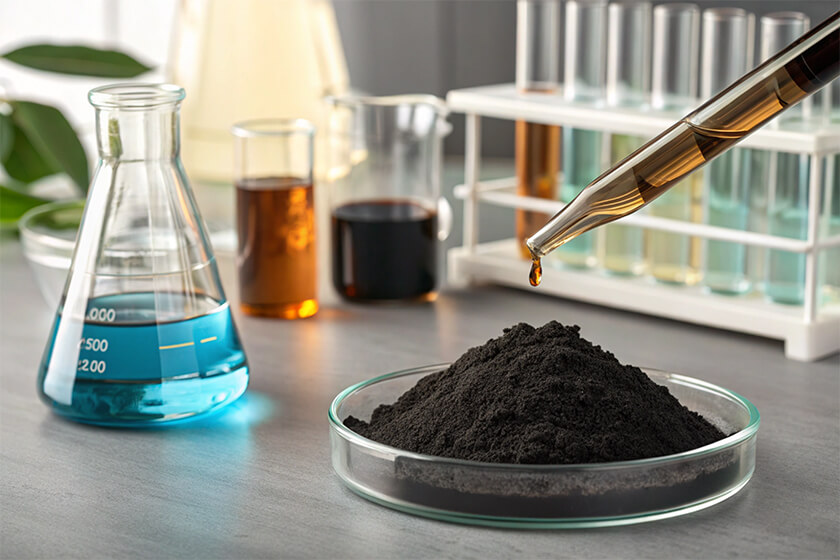
What are Amino Acids and its application?
Amino acids are organic compounds containing an amino group (-NH₂) and a carboxyl group (-COOH), and are the basic building blocks of proteins. Most amino acids can be produced by fermentation or chemical synthesis. Common industrial amino acids include L-lysine, L-glutamic acid, L-threonine, L-tryptophan, etc.Uses of amino acids
Amino acids have a wide range of uses, mainly including the following aspects:Food industry:
Used as food additives, such as monosodium glutamate.
As a nutritional enhancer, supplementing essential amino acids for the human body.
Medical field:
Used in the manufacture of amino acid infusions, health products and medicines.
Participating in the treatment of special preparations for diseases such as liver disease and kidney disease.
Feed industry:
Used in animal feed to promote animal growth and improve feed conversion rate.
Cosmetic and industrial uses:
Used in cosmetic formulas as a moisturizer or active ingredient.
Used in the chemical and biosynthesis fields.
Why do amino acids need to be decolorized?
During the production of amino acids, raw materials (such as molasses, starch or protein hydrolysate) usually contain a large amount of impurities and pigments after fermentation or chemical reaction. These pigments may be:
Polyphenols: natural pigments derived from raw materials.
Mailard reaction products: generated by the reaction of sugars and amino acids under high temperature conditions.
Fermentation byproducts: such as colored compounds formed during metabolism.
These pigments not only affect the appearance and purity of amino acids, but may also have adverse effects on subsequent processing and application. Therefore, decolorization is a necessary process.
What is the right activated carbon for amino acids decolorization?

In the decolorization of amino acids, the commonly used activated carbon is wood powder carbon. Wood powder carbon has the following advantages:
High specific surface area: can fully adsorb pigment molecules in amino acid solution.
Rich microporous structure: strong adsorption performance for small molecular pigments and oxidation products.
Low loss: low adsorption amount of amino acids themselves, high product yield.
Good dispersibility: easy to be evenly distributed in the liquid phase, high adsorption efficiency.
Wood Activated Carbon Specifications
| Item | Wood Activated Carbon Powder |
| Size | 200mesh, 325mesh |
| Iodine value | 900-1200mg/g |
| Methylene blue | 150-300mg/g |
| Moisture | ≥10% |
| Ash | ≤5% |
Conclusion
Activated carbon plays a vital role in amino acid decolorization. It can efficiently remove pigments and impurities and improve the purity and appearance quality of amino acids. In particular, wood powder carbon, with its excellent adsorption performance and mild handling characteristics, has become the best choice for amino acid decolorization. Reasonable application of activated carbon can not only improve product quality, but also optimize production costs and meet the high standards of industries such as food, medicine and feed.If you need high-quality activated carbon solutions, please contact Zhulin Carbon. We will provide you with professional support and help your products achieve higher value!

